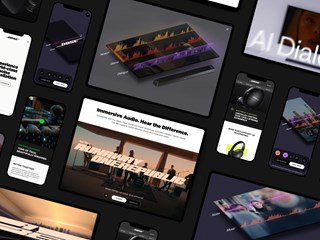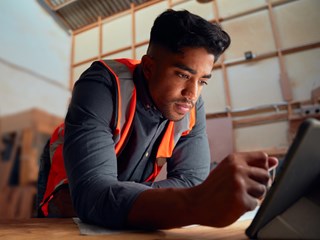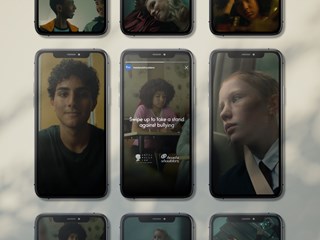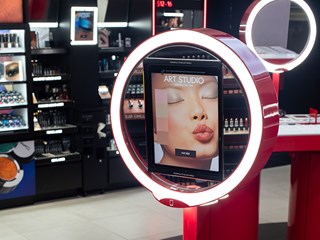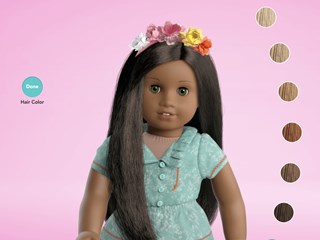The death of retail or a retail renaissance – which is it?
February 28, 2018
Both property companies and retailers are reporting a crisis and the death of retail. Stores are being shut down or shrinking their footprints, and the traditional retail format with merchandise lined up on shelves is a dying breed.
Yet at the same time there is a renaissance going on in retail, and we are seeing examples of brands and retailers who are able to reinvent their businesses and adapt to a new market and new consumer behaviours – allowing them to increase customer loyalty in the bargain.
So what are the success factors driving this? And what will the stores that succeed in reinventing themselves in a world where the digital is merging with the physical look like?
From product display to experiential retail
In the United States and China – the main markets we monitored – it is clear that the retail sector is undergoing a transformation. Much of the transaction volume is moving online, where 80% of purchases are initiated, but retail spaces are also undergoing transformation in order to attract consumers back to brick-and-mortar shopping. The fact is that 64% of major retail purchases are still made in-store1, and that the value of each store visit has tripled over the last five years2. The stores that succeed are the ones that shift away from traditional product display by reimagining themselves as experiential arenas and places of inspiration that enhance customer loyalty, where the personal touch is paramount.
1. Omni-Channel Retail in 2017 - Consumer Habits Study från BigCommerce.com
2. Google. “How Mobile Has Redefined the Consumer Decision Journey for Shoppers.” July 2016.
The stores that succeed are the ones that shift away from traditional product display by reimagining themselves as experiential arenas and places of inspiration that enhance customer loyalty, where the personal touch is paramount.
Runner Camp, a shoe store in Shanghai, has transformed its store to an experiential arena. An arena that includes an indoor track and a gym where customers can exercise and try on different shoes.
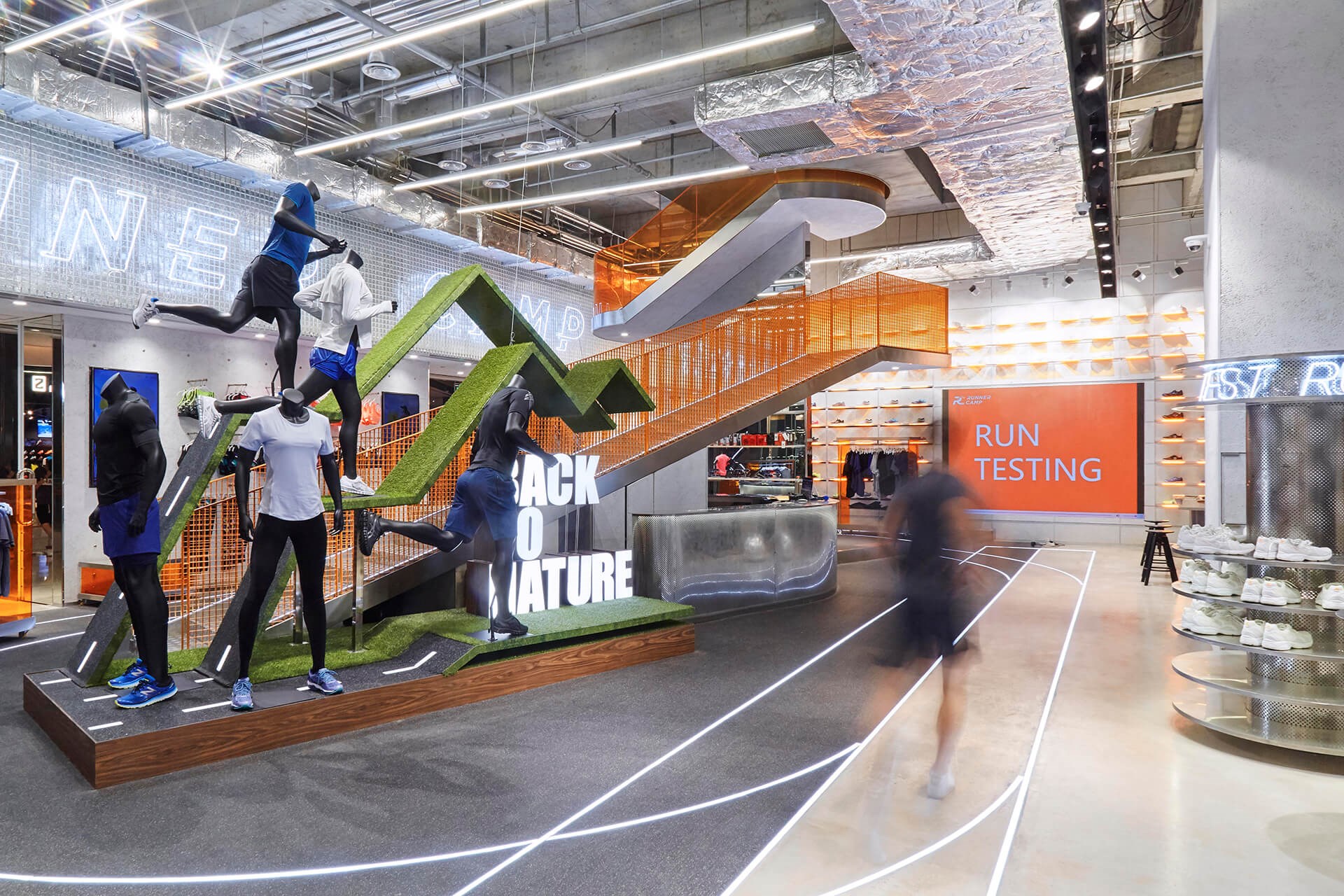
Customers can also get real-time data as they run. Once the customer has decided on a pair of shoes, the purchase is made online using an iPad, and the shoes are delivered home to the customer.
Another of our absolute favourites is American Girl, a brand that sells dolls. Entering the American Girl store is like walking into storybook world where you can follow the life of a doll, share her story, and develop and learn with your doll.
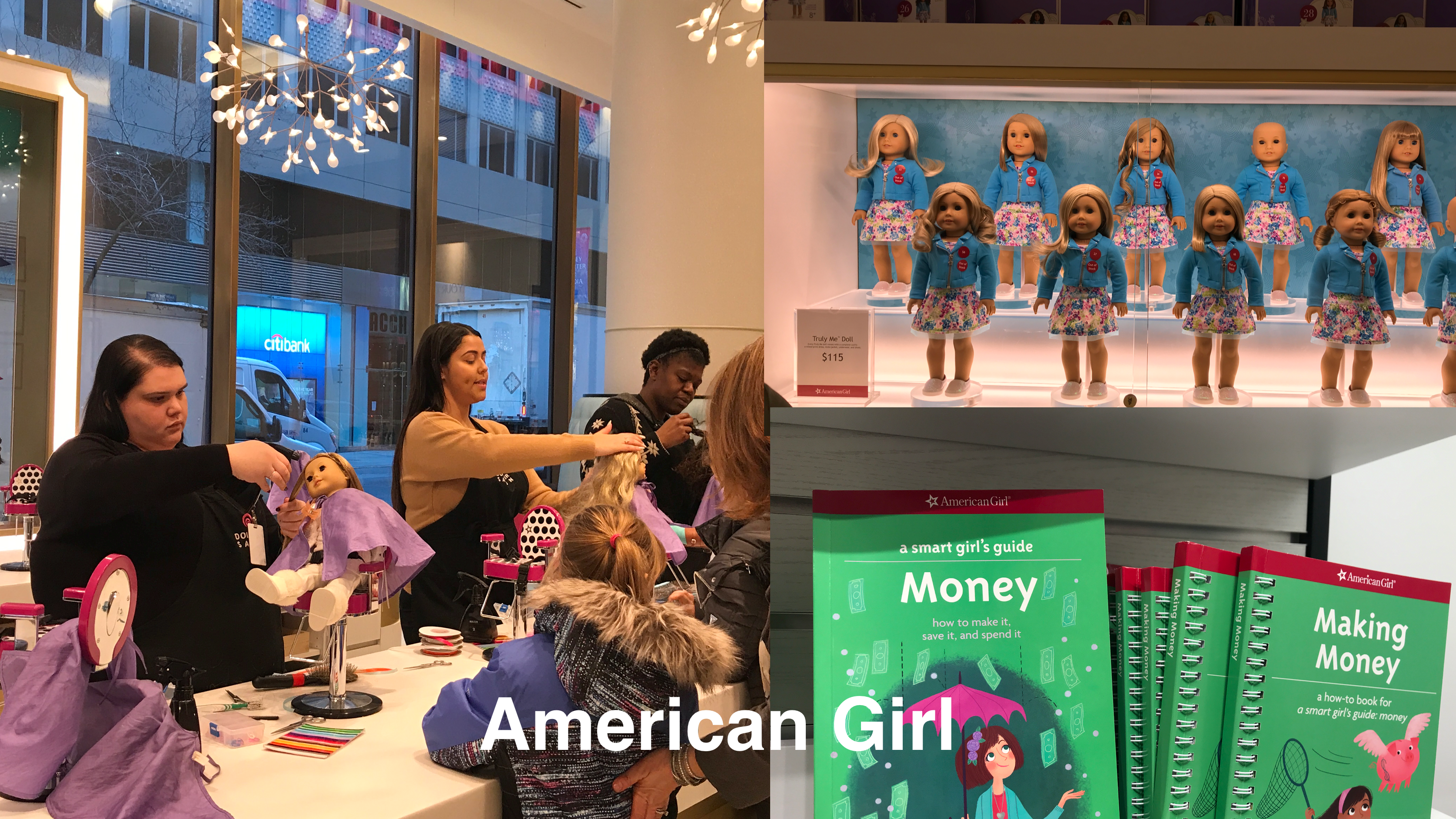
Children come here with their dolls to have a snack, to sit down with attentive store staff who braid their dolls' hair, or to buy a book and read about investing. Walking into an American Girl store is a powerful feeling. It's not a toy store, but a world of a thousand possibilities where you can spend hours with your doll.
By being relevant, personal and context-specific, experiential stores not only manage to bring customers to the store, but to strengthen their bond with the brand. If you have experienced Runner Camp or American Girl, everything else pales in comparison.
Experiences both inside and outside the store
The experience of the brand and its products is not only important in the store, but outside of it too. Brands and retailers can get a step ahead of the competition by creating experiences where the products can be used in real life.
Cotopaxi, a company that sells backpacks, is a good example. They focus on the context in which their backpacks are used, and get their customers involved by hosting a 24-hour adventure race called the Questival.
Teams of 2 to 6 people get to compete against each other, taking on different challenges to earn points. Winners are rewarded with Cotopaxi gear and a trip to an exotic destination. In order to earn points for completed challenges, participants are required to upload photos in the Questival app and on social media. Cotopaxi's logo has to be visible on all photos – this creates user-generated content that strengthens the brand. Participants who also shoot videos in which the backpacks appear receive even more points.
Toyota’s Drive to Go is a car rental concept that focuses on the destination rather the car itself when customers rent cars, offering them coolers, binoculars and picnic chairs with the rental. The rental location combines car rental with a cozy café where customers can relax and recharge before their trip.
The smart store is interactive, and can be where the customer is
These days customers expect to be able to shop anywhere. They expect things to happen quickly and to have a personal experience. The products and services are moving out to where the customers are. Payments are being automated, and personalisation and innovative, customised interactive experiences are becoming possible thanks to customer data, augmented reality, artificial intelligence and facial recognition, to name just a few technologies.
These days customers expect to be able to shop anywhere. They expect things to happen quickly and to have a personal experience.
IKEA Place is an example of how augmented reality is used to move physical retail right into the consumer's home.
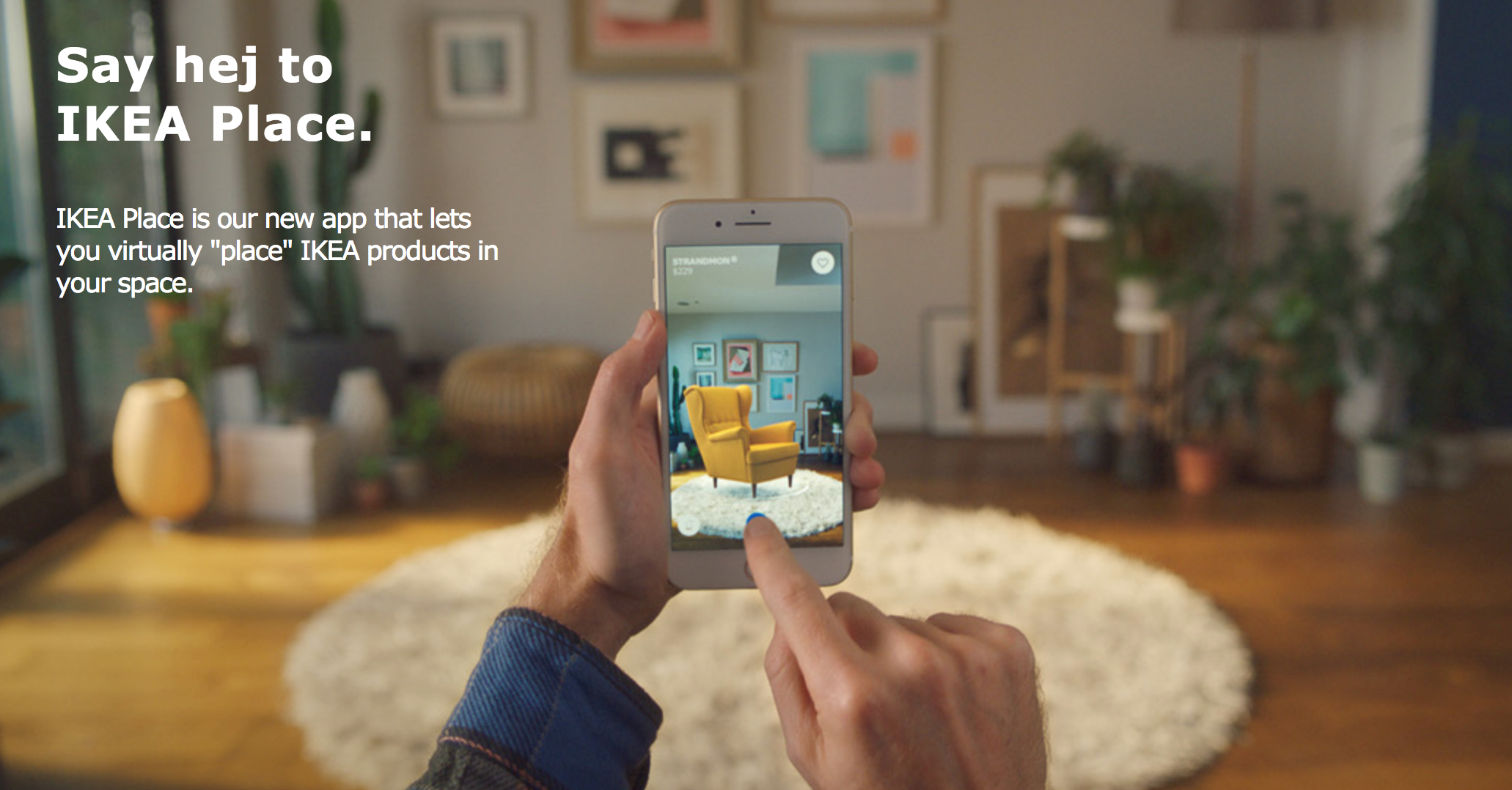
All of a sudden the piece of furniture is right in the middle of your living room, with exactly the right proportions and the right colour, giving you a completely different sense of what it will be like and feel like in your home than you get from looking in the IKEA catalogue or online.
Mio is another example of a store personified in the form of a robot that goes to where the consumer is.
Consumers can use an app to order products and have them delivered to wherever they happen to be.
The Swedish start-up Wheely has also developed a self-driving store, Moby, which both replenishes its own stocks and drives itself out to the customer to deliver orders. The customer uses a mobile app to open the store and is greeted by a hologram.
Product offerings are being developed in new channels and contexts
If in the past retail was about making a transaction - about buying merchandise in a store - these days it is more about feelings, entertainment and interactions. Technology and data are used to draw learnings from customer behaviours, making it possible to provide them with services and products that are as personalised as possible. The traditional retail environment is giving way to new contexts, and value is being created for consumers at moments that did not exist before.
A few examples of companies that have moved their business into new contexts include General Motors, Lufthansa/Rewe, Volition and Castorama.
General Motors’ Marketplace has made things simpler for its customers by making it possible to book products, make dinner reservations and reserve parking spaces directly through a touchscreen interface in the car. By using real-time data on where the vehicle and driver are, GM is also able to offer personalised experiences.
Another example is how Lufthansa, working with Rewe, has streamlined and made it easier for customers to order products in-flight for home delivery.
Magic Wallpaper by Castorama is an interactive wallpaper that narrates different fairytales when you place the associated app in front of a character appearing on the wallpaper. By mixing and matching characters, users can hear hundreds of unique fairy tales.
This is a great example of a company in a given industry (wallpaper and home decor) thinking outside the box and finding a partner in a completely different industry (media) to create innovative concepts and product offers.
Participatory Retail and Consumer-to-Business
Participatory retail, the practice of bringing customers closer to the brand and making use of them in product development, is becoming more and more common. The customers are no longer passive consumers, but are both able to and expect to have a hand in the development of the products. Volition is a company that has benefited from this behaviour, and which gets its customers involved in its product development process. Customers can submit proposals for new ideas and concepts. The ideas that garner the most votes are implemented by the company, and the customer gets to share in the sales proceeds generated by his or her idea. Other examples of companies where customers are highly involved in the product development process are Rent The RunWay and B8ta, which both harness technology and data collection in order to obtain continuous customer feedback (Consumer-to-Business, C2B) so that they can improve their services and products.
